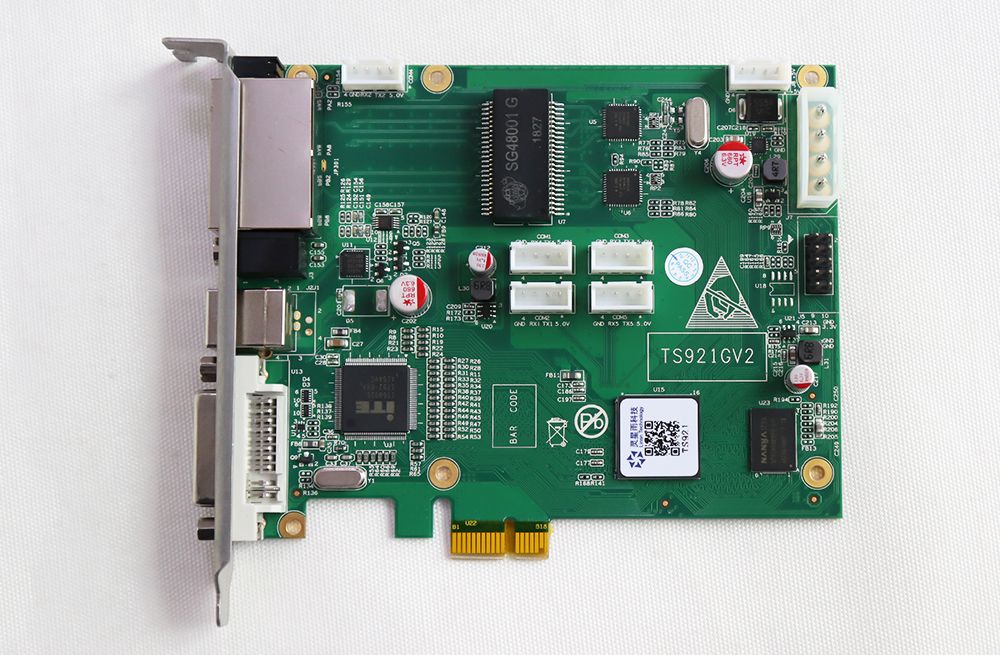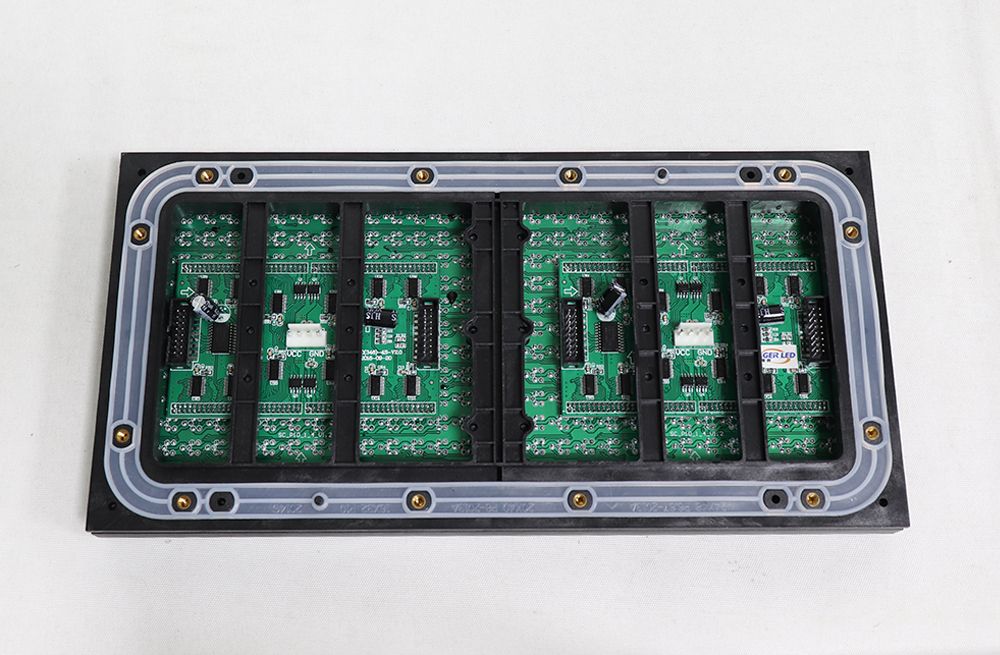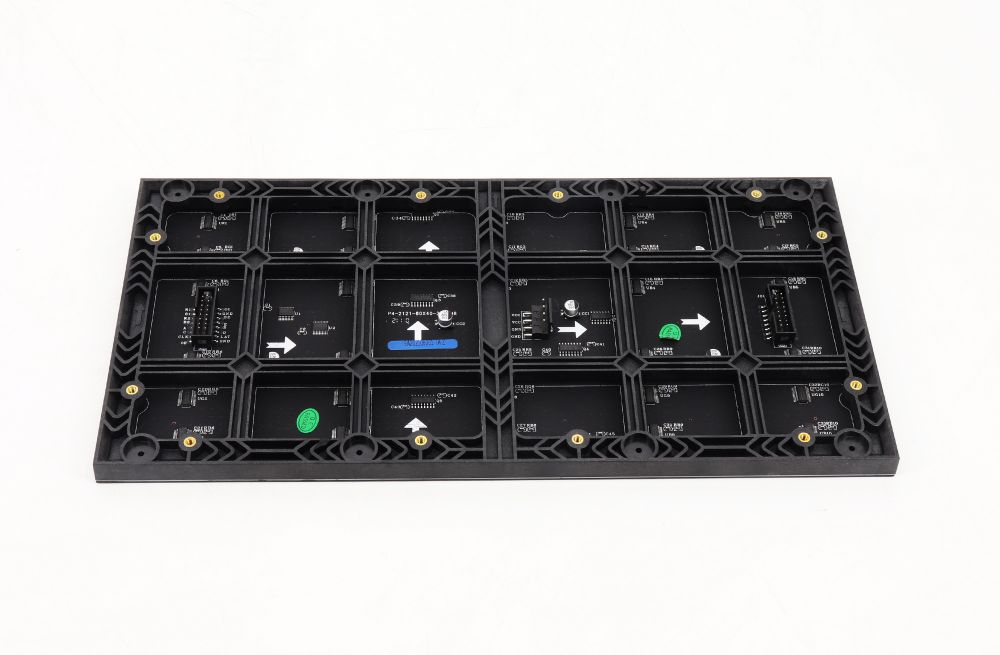How to test the reliability and stability of LED screen chips
LED has the advantages of small size, low power consumption, long life and environmental protection. In the actual production and development process, the reliability level of the LED chip needs to be evaluated through the life test, and the reliability level of the LED chip is improved through quality feedback. To ensure the quality of LED chips.
As an electronic component, light-emitting diodes have been around for more than 40 years, but for a long time, they have been limited by luminous efficiency and brightness, and have only been used for indicator lights. Until the end of the last century, they broke through the technical bottleneck and produced high-brightness and high-efficiency LEDs and blue lights. LED, its application range is extended to signal lights, urban night scene projects, full-color screens, etc., providing the possibility of being a lighting source. As the scope of LED applications increases, improving the reliability of LEDs is of even greater significance.
LED has the advantages of high reliability and long life. In the actual production and development process, the reliability level of the LED chip needs to be evaluated through the life test, and the reliability level of the LED chip is improved through quality feedback to ensure the quality of the LED chip For this reason, while realizing the industrialization of full-color LEDs, the conditions, methods, means and devices for the life test of LED chips have been developed to improve the scientificity of the life test and the accuracy of the results.
Determination of life test conditions
Electronic products under the specified working and environmental conditions, the work test is called life test, also called durability test.
With the improvement of the level of LED production technology, the life and reliability of the product have been greatly improved. The theoretical life of the LED is 100,000 hours. If the conventional life test under normal rated stress is still used, it is difficult to determine the life and reliability of the product. Make a more objective evaluation, and the main purpose of our experiment is to grasp the light output attenuation of the LED chip through the life test, and then infer its life.
According to the characteristics of LED devices, after comparative experiments and statistical analysis, the life test conditions of chips below 0.3×~0.3mm2 are finally specified: the samples are randomly selected, the number is 8~10 chips, and the ф5 single lamp is made; the working current is 30mA ; The environmental condition is room temperature (25℃±5℃); the test period is 96 hours, 1000 hours and 5000 hours.
The working current of 30mA is 1.5 times the rated value. It is a life test with increased electrical stress. Although the result cannot represent the real life, it has great reference value; the production batch of the extension wafer in the life test is the mother sample, random Take 8 to 10 chips from one of the epitaxial wafers, package them into a ф5 single lamp device, and conduct a 96-hour life test. The results represent all epitaxial wafers in this production batch.
It is generally believed that a test period of 1000 hours or more is called a long-term life test. When the production process is stable, the 1000-hour life test frequency is lower, and the 5000-hour life test frequency can be lower.

Process and precautions
For the LED chip life test samples, chips, generally called bare crystals, can be used, or packaged devices can be used. Using bare crystal form, the external stress is small, easy to dissipate heat, so the light attenuation is small, the life is long, and the actual application situation is large. Although it can be adjusted by increasing the current, it is not as intuitive as directly using the single lamp device.
Using a single-lamp device to carry out the life test, the factors that cause the photo-aging of the device are complex, and there may be chip factors and packaging factors. In the test process, various measures were taken to reduce the influence of packaging factors, and the details that may affect the accuracy of the life test results were improved one by one to ensure the objectivity and accuracy of the life test results.
- Sample extraction method
Life test can only adopt the evaluation method of sampling test, which has certain risks.
First, a certain degree of uniformity and stability of product quality is the prerequisite for sampling evaluation. Only when product quality is considered uniform can sampling be representative;
Secondly, because there is a certain degree of dispersion in the actual product quality, we adopt the method of random sampling in districts to improve the accuracy of the life test results. Through searching for relevant information and conducting a large number of comparative experiments, we proposed a more scientific sample extraction method: Divide the chip into four areas according to its position on the epitaxial wafer, each area has 2 to 3 chips, a total of 8 to 10 chips, For situations where the life test results of different devices are very different or even contradictory, we have stipulated a strict life test method, that is, 4 to 6 chips per zone, a total of 16 to 20 chips, and the life test is carried out under normal conditions, but the number is increased. Stricter, not stricter test conditions;
Third, generally speaking, the larger the number of samples, the smaller the risk, and the more accurate the results of the life test. However, the larger the number of samples, the more the number of samples will inevitably lead to waste of manpower, material resources and time, and increased test costs. How to deal with the relationship between risk and cost has always been the content of our research. Our goal is to reduce the risk to a minimum under the same test cost by adopting a scientific sampling method.
- Photoelectric parameter test method and device light distribution curve
In the LED life test, the test samples are tested and screened for photoelectric parameters, and the devices with out-of-specification or abnormal photoelectric parameters are eliminated. The qualified ones are numbered one by one and put into the life test. After the continuous test is completed, the retest is performed to obtain the life test results.
In order to make the life test results objective and accurate, in addition to the measurement of test instruments, it is also stipulated that in principle, the same tester is used before and after the test to reduce unnecessary error factors. This is particularly important for optical parameters; In the initial stage, we used the change of the light intensity of the measuring device to judge the light attenuation status. Generally, the axial light intensity of the device was tested. For the device with a small half-angle of the light distribution curve, the light intensity value changes sharply with the geometric position, and the measurement repeatability is poor. Affect the objectivity and accuracy of the life test results. In order to avoid this situation, a large-angle package is used, and a non-reflective cup holder is selected to eliminate the light distribution effect of the reflection cup, eliminate the influence of the light distribution performance of the device package form, and improve The accuracy of the optical parameter test is verified by subsequent luminous flux measurement.
- The influence of resin deterioration on life test
The transparency of the existing epoxy resin encapsulating materials decreases after being irradiated by ultraviolet rays, which is the photo-aging of polymer materials and the result of a series of complex reactions involving ultraviolet rays and oxygen. It is generally considered to be an auto-oxidation process initiated by light. The impact of resin deterioration on the results of the life test mainly reflects the long-term life test of 1000 hours or more. At present, the only way to improve the objectivity and accuracy of the life test results is to reduce the exposure of ultraviolet rays as much as possible. In the future, it is also possible to select packaging materials or verify the light attenuation value of epoxy resin and exclude it from the life test.
- The influence of packaging process on life test
The packaging process has a greater impact on the life test. Although transparent resin packaging is used, the internal solid crystal bonding and bonding can be directly observed with a microscope for failure analysis, but not all packaging process defects can be observed, such as: bond The quality of solder joints and process conditions are closely related to temperature and pressure. Too high temperature and too much pressure will cause chip deformation and stress, which will introduce dislocations and even dark cracks, which will affect luminous efficiency and life.
Wire bonding and resin encapsulation induced stress changes, such as heat dissipation, expansion coefficient, etc., are important factors that affect the life test. The life test results are worse than the bare die life test. However, for the current low-power chips, the assessment is increased The quality range and life test results are closer to actual use conditions, which have certain reference value for production control.

Design of life test bench
The life test bench is composed of a life test unit board, a bench and a special power supply device, and can perform 550 groups (4400) of LED life tests at the same time.
According to the requirements of life test conditions, LEDs can be driven in parallel and in series. Parallel connection form: Connect the positive and negative poles of multiple LEDs in parallel. The feature is that the working voltage of each LED is the same, and the total current is ΣIfn. In order to achieve the same working current If for each LED, each LED is required The forward voltage should also be consistent.
However, there are certain differences in the characteristic parameters between devices, and the forward voltage Vf of the LED decreases with the increase in temperature. Different LEDs may cause differences in operating current If due to differences in heat dissipation conditions. LEDs with poor heat dissipation conditions have a higher temperature rise. If it is larger, the forward voltage Vf also drops significantly, causing the operating current If to rise. Although the above phenomenon can be alleviated by adding series resistors to limit the current, there are disadvantages such as complicated circuits, large differences in operating current If, and inability to apply LEDs of different VFs. Therefore, it is not suitable to use parallel connection drive mode.
Series connection form: connect the positive electrode to the negative electrode of multiple LEDs into a string. The advantage is that the working current of each LED is the same. Generally, a current limiting resistor R should be connected in series, as shown in Figure 2 for a single string circuit. When an LED is open , Will cause this string of 8 LEDs to go out. In principle, the possibility of open circuit of the LED chip is extremely small. We believe that the life test of LEDs should be driven by constant current and connected in series.
The LED constant current drive circuit composed of common 78 series power circuit ICs is characterized by low cost, simple structure and high reliability; by adjusting the resistance of the potentiometer, the constant current can be easily adjusted; the suitable power supply voltage range is large, and the drive The current is more accurate and stable, and the influence of power supply voltage changes is small. We use the circuit shown in Figure 2 as the basic route to form life test unit boards in parallel, and each unit board can perform 11 groups (88) LED life tests at the same time.
The rack is a general standard combined rack, and after reasonable wiring, each unit board can be easily loaded and unloaded, realizing online operation. Dedicated power supply equipment, the output is 5 channels of DC 36V safety voltage, the load capacity is 5A, of which 2 channels have a microcomputer timing control function, which can be automatically turned on or off, and 5 channels of input and output are separately indicated.




